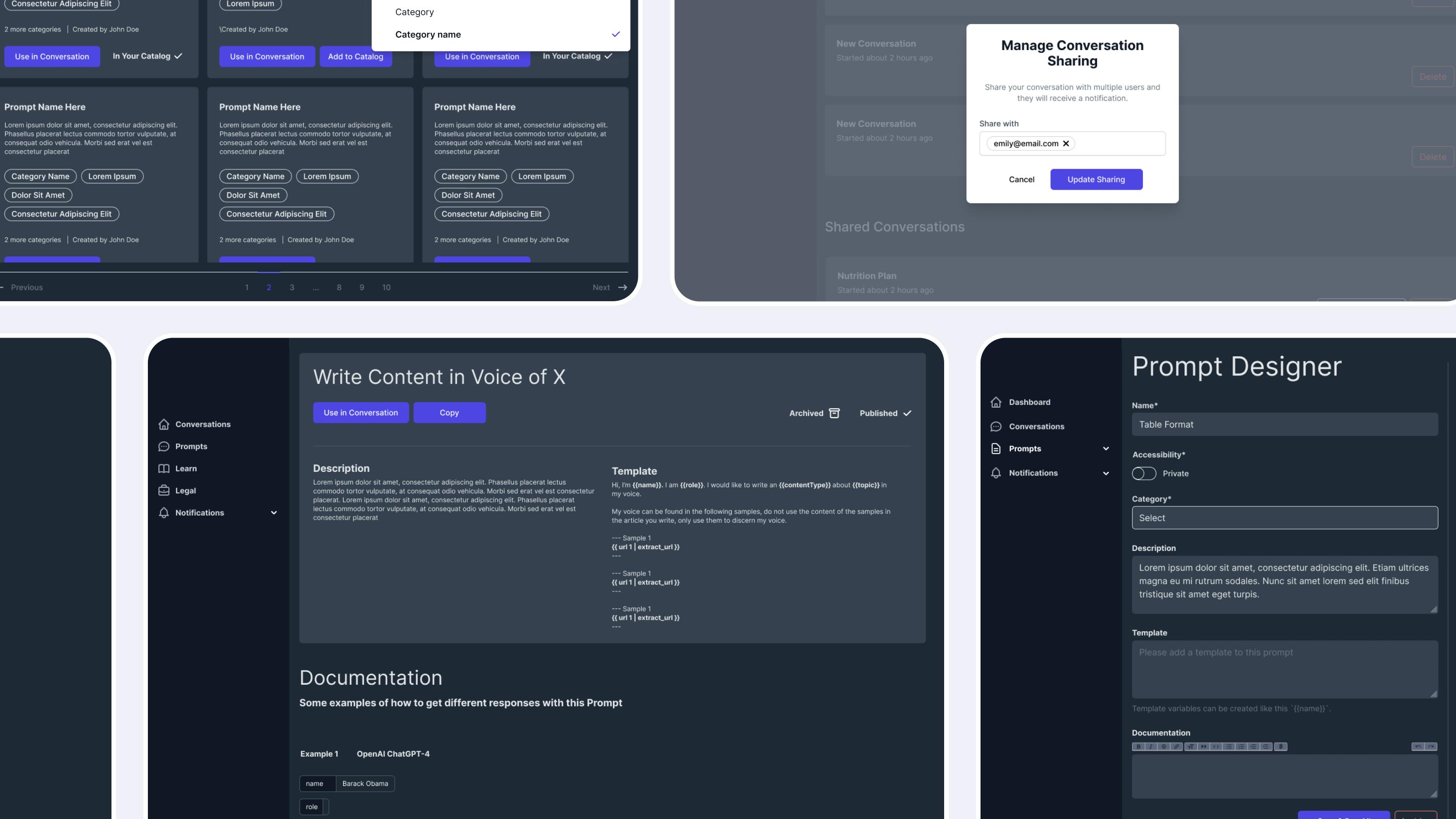
Generative AI in Healthcare to Improve Workflows
- Client
Confidential Healthcare Company
- Services
Python, Artificial Intelligence, UX Design
- Description
By leveraging the latest technological advancements in artificial intelligence and machine learning, this client optimized their internal workflows to provide unique insights and deliverables at lightning speed.

Transforming healthcare experiences with AI
By implementing a private, healthcare-ready AI system, our client strengthened data protection, reduced operational friction, and delivered a more personalized experience. This resulted in faster workflows and better outcomes across the organization.

The thoughtbot team has been great to work with. The workflow from back-end to front-end is productive and overall dev velocity is impressive. They have shipped a ton of features in record time.
Challenge: make internal knowledge and documentation more accessible to employees
As a large enterprise, the Healthcare Marketing Agency has hundreds of employees who need to create meaningful, accurate marketing content from complex research studies and other scattered, technical documentation. They edit and repurpose the content in various formats and collaborate on it with others across the organization. This process was time consuming.

Speed, adoption, and new opportunities
Key Features Delivered:
- Improved test coverage and abstractions
- Conversation and prompt cloning
- Re-generation to avoid AI hallucinations
- Security hardening against AI vulnerabilities
- Enhanced onboarding and UX improvements
Growing Success:
- Word spread quickly from team to team about effectiveness
- Additional teams continue to adopt the tool
- Client exploring client-facing product - turning internal tool into competitive differentiator
